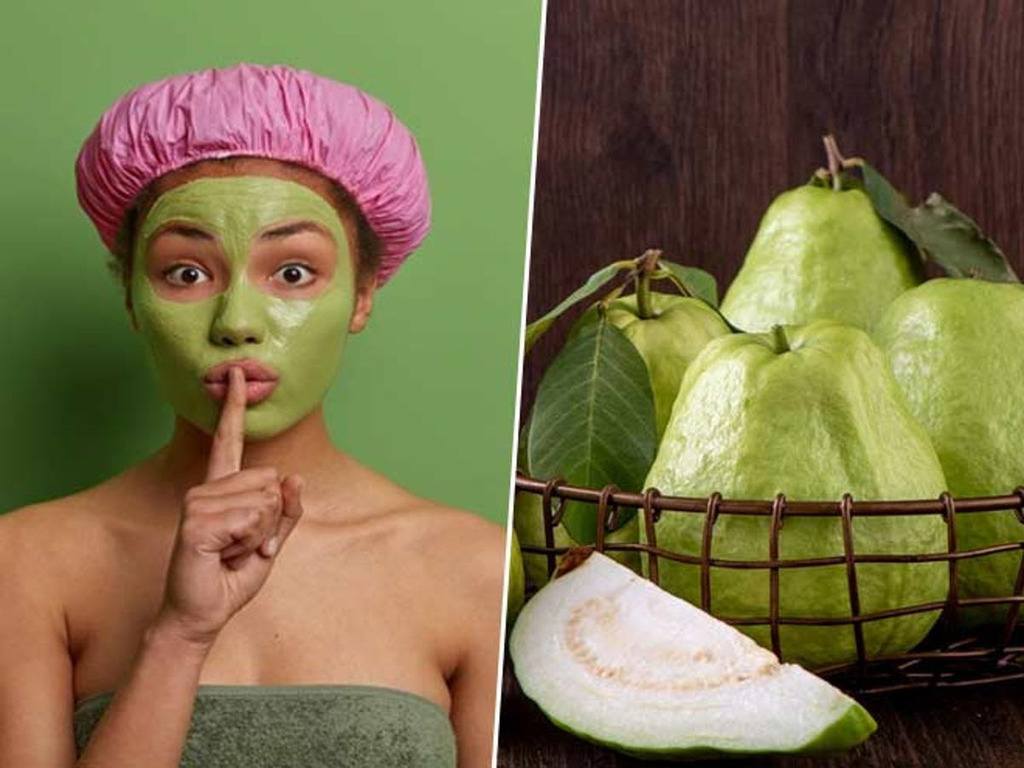Achieving healthy and radiant skin is a desire shared by many, and one popular approach is using DIY face masks. These masks often contain a variety of ingredients that promise to nourish, rejuvenate, and restore the skin's natural beauty. But have you ever wondered about the science behind these ingredients? In this comprehensive guide, we'll delve into the scientific explanations behind the most commonly used DIY face mask ingredients. Get ready to uncover the secrets to glowing skin!

The Science Behind DIY Face Mask Ingredients
- Understanding the Role of Clay in Face Masks:
- Bentonite Clay: Its ability to absorb excess oil and impurities makes it ideal for oily and acne-prone skin.
- Kaolin Clay: With its gentle exfoliating properties, this clay helps remove dead skin cells and unclog pores.
- Rhassoul Clay: Known for its high mineral content, it nourishes the skin while drawing out impurities.
- The Power of Natural Extracts in Face Masks:
- Green Tea Extract: Packed with antioxidants, it helps protect the skin from environmental damage and soothes inflammation.
- Aloe Vera Gel: Renowned for its soothing and hydrating properties, it aids in calming irritated skin and promoting healing.
- Chamomile Extract: Its anti-inflammatory and antibacterial properties make it suitable for sensitive and acne-prone skin.
- The Wonders of Fruits and Vegetables in Face Masks:
- Papaya: Rich in papain enzyme, it gently exfoliates the skin, revealing a brighter complexion.
- Avocado: Its natural oils and vitamins nourish and moisturize the skin, promoting a healthy glow.
- Tomato: High in lycopene, it acts as a natural sunscreen and helps combat signs of aging caused by UV exposure.
- Exploring Essential Oils for Face Masks:
- Lavender Oil: Known for its calming and soothing effects, it helps reduce redness and irritation.
- Tea Tree Oil: A potent antibacterial and antifungal agent, it aids in treating acne and blemishes.
- Rosehip Oil: Rich in vitamins A and C, it promotes skin regeneration and reduces the appearance of scars.
- The Magic of Exfoliants in Face Masks:
- Oatmeal: Its gentle exfoliating properties remove dead skin cells and relieve dryness, leaving a soft and smooth texture.
- Sugar: As a natural humectant, it draws moisture to the skin, while its granules effectively remove dullness and promote cell turnover.
- Coffee Grounds: The caffeine in coffee stimulates blood flow and tightens the skin, reducing the appearance of fine lines and wrinkles.
- Harnessing the Power of Honey in Face Masks:
- Raw Honey: Its antibacterial properties help fight acne-causing bacteria and soothe inflammation.
- Manuka Honey: Known for its potent antibacterial activity, it aids in wound healing and promotes a healthy complexion.
Conclusion: DIY face masks offer a natural and cost-effective way to enhance your skin's health and appearance. By understanding the science behind the ingredients used, you can make informed choices and tailor your face masks to address specific skin concerns. From the absorbing powers of clay to the nourishing properties of fruits and vegetables, the wonders of essential oils, and the benefits of exfoliants and honey, nature provides a treasure trove of ingredients to unlock the secrets to glowing skin. So, grab your mixing bowl and get ready to indulge in the science-backed world of DIY face masks for a radiant and revitalized complexion!
